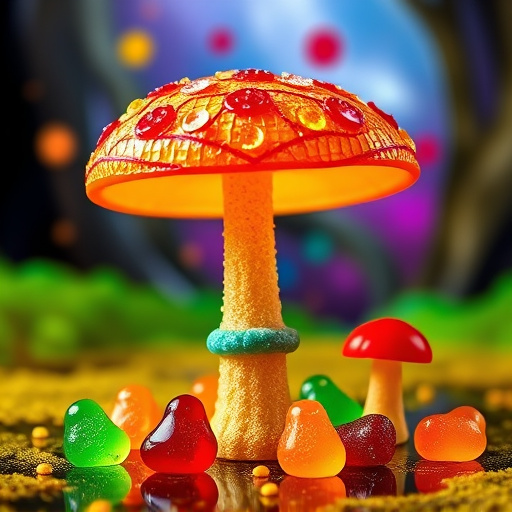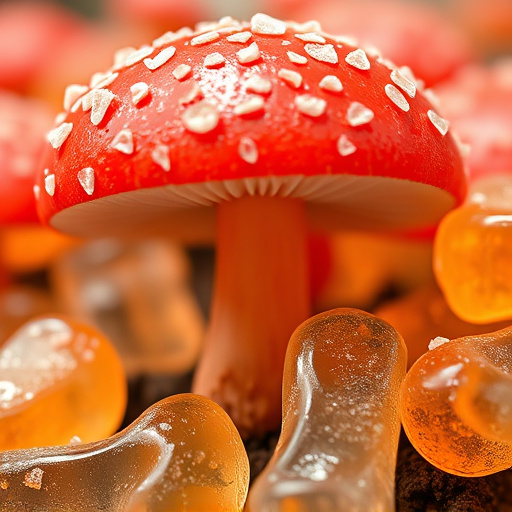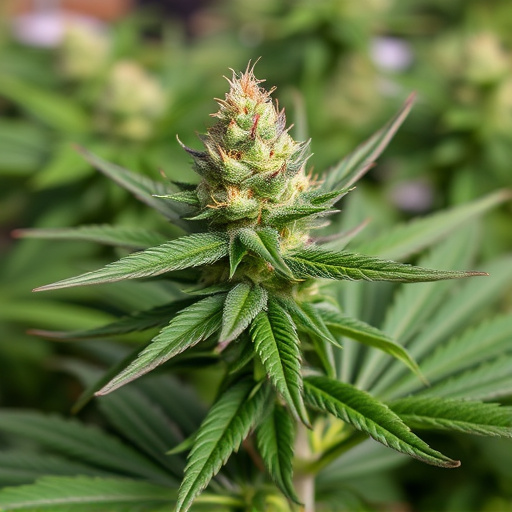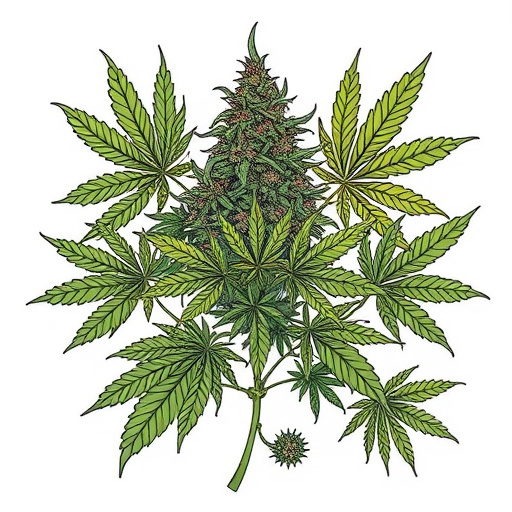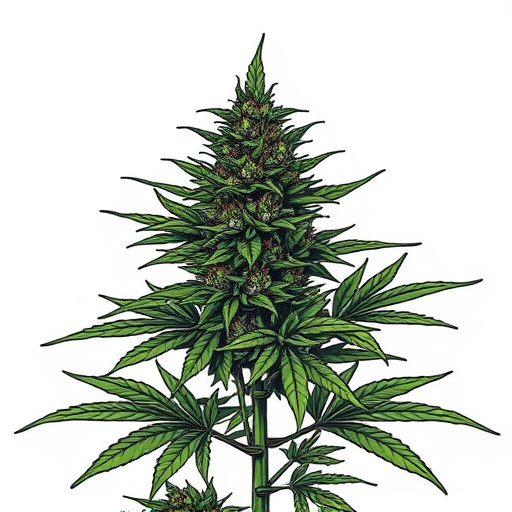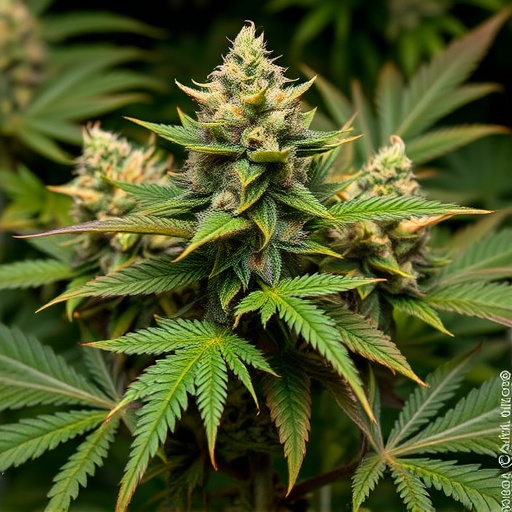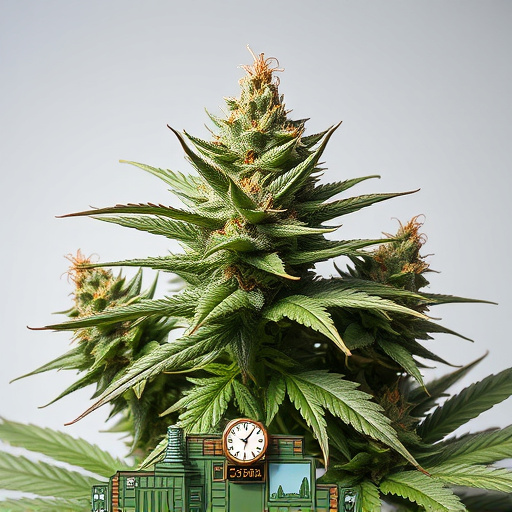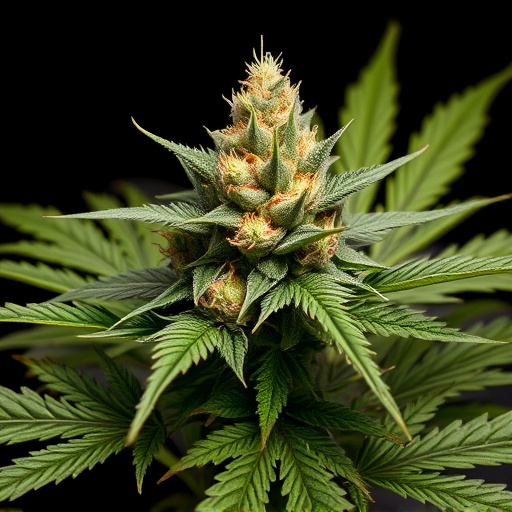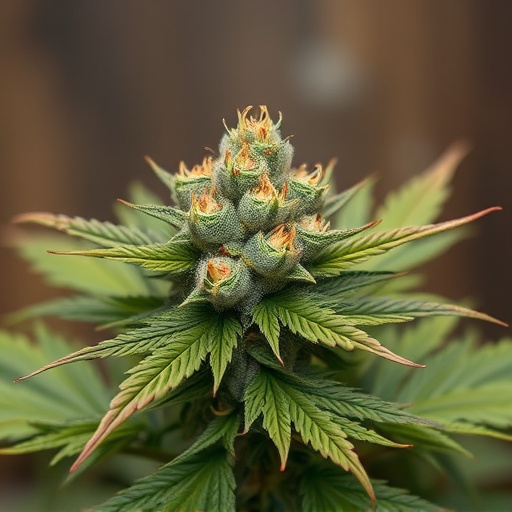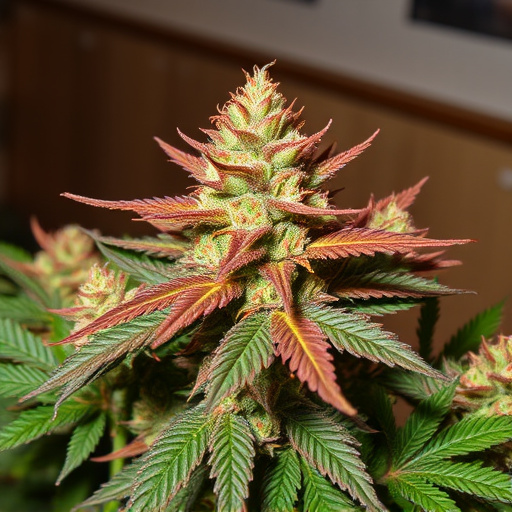Old school cannabis strains, or landraces, hold immense historical and cultural significance due to their genetic purity and regional adaptations passed down through generations. Preserving these varieties is crucial as they offer unique medicinal properties, terpene profiles, and serve as a living archive of cannabis' diverse applications throughout history. Modern cultivators value them for their robust genetic profiles that combat pests and diseases, promoting sustainability and the future resilience of the cannabis ecosystem.
“Discover the significance of landrace strains, the old school heroes of the cannabis world, in this comprehensive guide. From preserving historical heritage to unlocking distinctive terpenes and promoting resilience, these ancient varieties offer a wealth of benefits. Learn how landraces have adapted over time, providing cultivators with valuable traits for modern-day farming. Explore why protecting and propagating these original strains is crucial, ensuring their unique flavors and adaptations remain accessible for generations to come.”
- Preserving Historical Heritage: The Role of Landrace Strains
- Unlocking Unique Terpenes and Flavors
- Fostering Resilience and Adaptability in Modern Cultivation
Preserving Historical Heritage: The Role of Landrace Strains
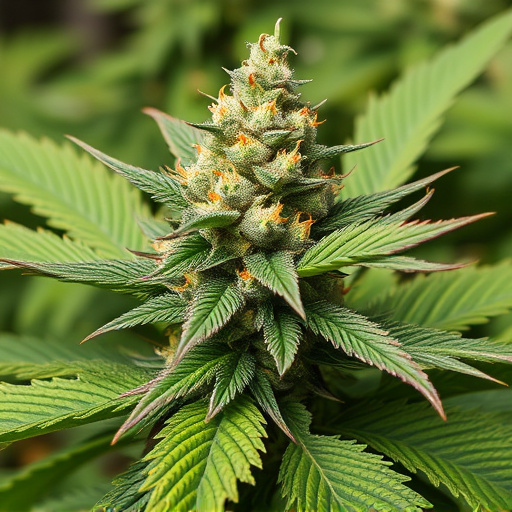
Landrace strains, or old school cannabis varieties, play a pivotal role in preserving our historical heritage. These genetically pure, naturally occurring strains have been cultivated and passed down through generations in specific regions, carrying with them cultural significance and unique adaptations to their local environments. By conserving these old school cannabis strains, we safeguard not just the plant’s genetic diversity but also the stories, traditions, and knowledge associated with them.
In an era dominated by hybridization and commercial cultivation, preserving landrace strains is more crucial than ever. They serve as a living archive of our botanical past, offering insights into the evolution of cannabis and its diverse applications throughout history. Protecting these old school varieties ensures that future generations can benefit from their distinct characteristics, medicinal properties, and cultural value.
Unlocking Unique Terpenes and Flavors
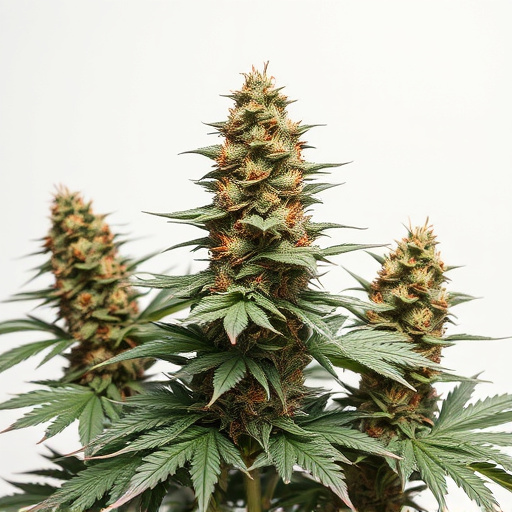
Cannabis enthusiasts often find themselves captivated by the allure of landrace strains, a testament to the plant’s rich history and genetic diversity. These old school cannabis strains, originating from specific regions, carry unique characteristics that set them apart from modern hybrids. One of the most intriguing aspects is their terpene profile—compounds responsible for the plant’s aroma and flavor.
Landraces naturally produce a wide range of terpenes, contributing to distinct sensory experiences. For instance, some strains may offer a refreshing citrusy note, while others exude earthy or woody flavors. These terpenes not only enhance the overall enjoyment of smoking or consuming cannabis but also play a role in its therapeutic effects. The diversity found in old school strains allows for a vast array of unique terpene combinations, ensuring that every pull from a joint or dose of extract provides a one-of-a-kind sensory journey.
Fostering Resilience and Adaptability in Modern Cultivation
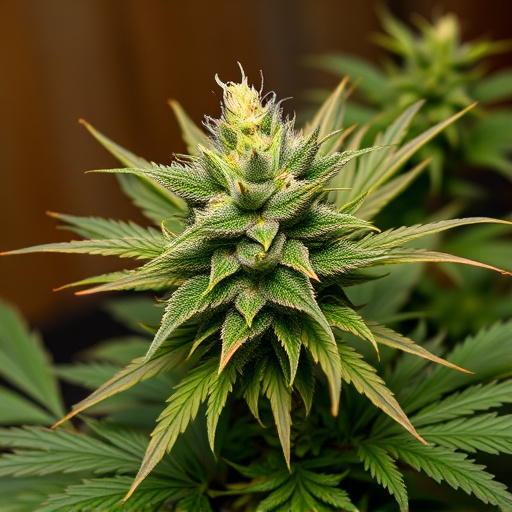
Landrace strains, often referred to as old school cannabis varieties, play a pivotal role in fostering resilience and adaptability in modern cultivation. These traditional strains have evolved over centuries, naturally adapting to their specific geographic regions, resulting in unique genetic profiles that enhance their resistance to pests, diseases, and environmental stressors. In today’s world where cannabis agriculture faces numerous challenges, from climate change to new pests and disease pressures, these old school traits are invaluable assets.
By preserving and cultivating landrace strains, cultivators can maintain a genetic diversity that promotes robust plants better equipped to handle the unpredictable demands of modern growing environments. This adaptability ensures that cannabis crops remain healthy and productive, even as conditions shift. Thus, preserving these old school cannabis strains is not just about maintaining historical significance; it’s about safeguarding the future of cultivation, ensuring resilience, and fostering a sustainable cannabis ecosystem.
Landrace strains, with their deep historical roots, play a pivotal role in the cannabis narrative. Preserving these old school cannabis varieties ensures we maintain a connection to our past while unlocking unique terpene profiles and fostering resilience in cultivation. By recognizing the importance of landrace strains, cultivators can enhance genetic diversity, preserve cultural heritage, and offer consumers a diverse range of flavors and effects, solidifying their place as essential contributors to the modern cannabis landscape.
